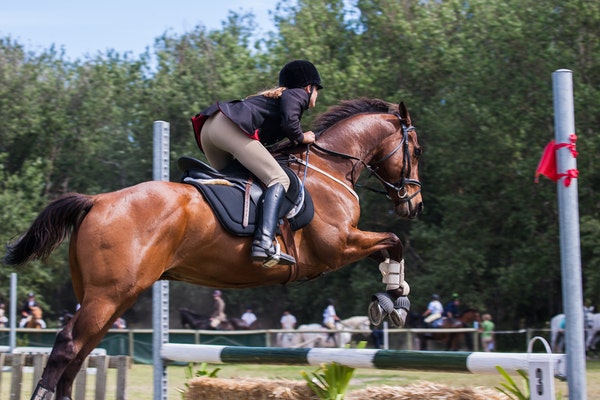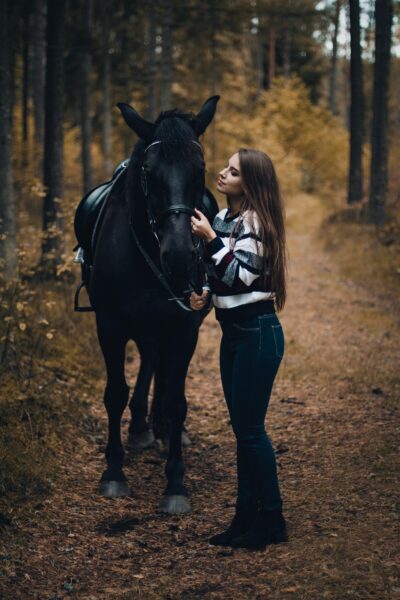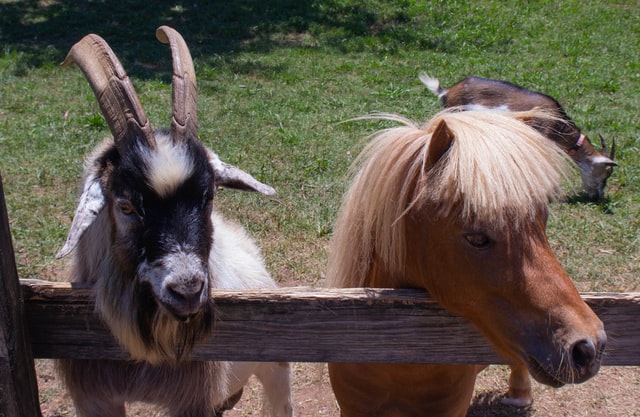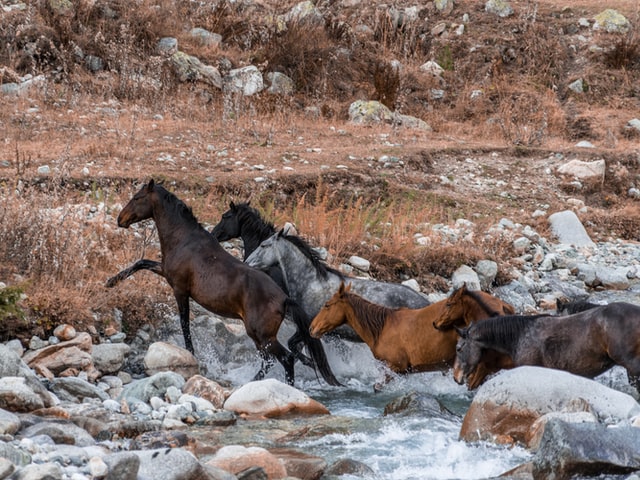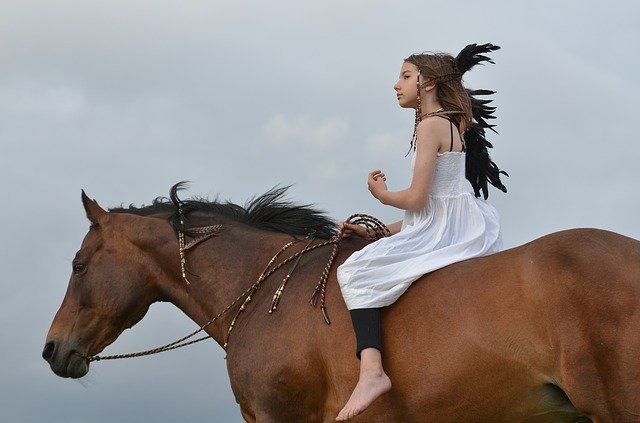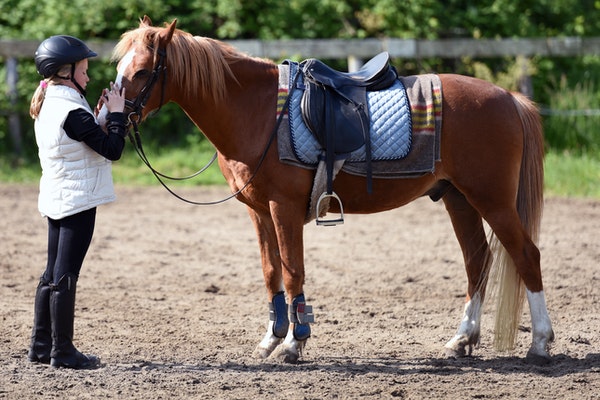Cold Blooded Horse Breeds
All horses fall into one of three categories: cold, warm or hot blooded.
This is a list of cold blooded horse breeds.
For example, the breeds of horses can be used to differentiate them from each other.
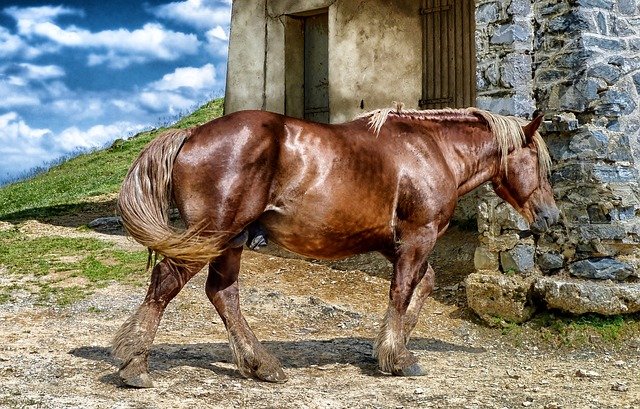
You could also tell different types of horses by the type of work they do.
There are 3 categories of horses based on weight.
They could be either ponies, light horses, heavy draft horses.
Another way to differentiate them is through their temperaments—cold blood horses, hot blood horses, or warmblood horses.
For more posts on horses check out:
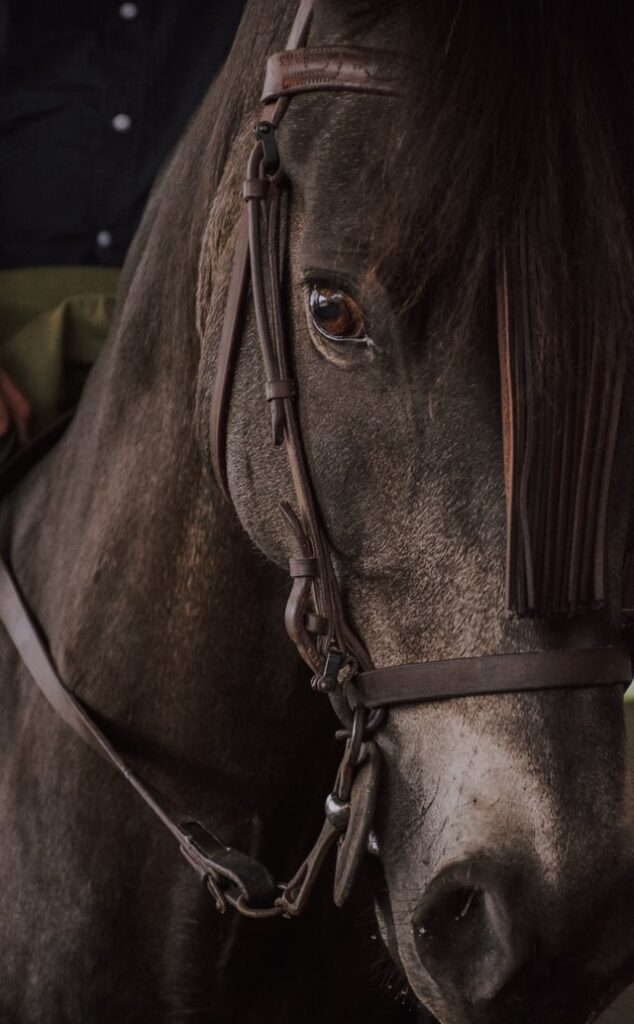
Cold Blooded Horse Breeds, Warm Blood, or Hot Blood?
A mistake that people usually make is the idea that this has something to do with a horse’s body temperature.
But, it doesn’t.
When you think of hot blooded horses, think of athletic horses.
Most hot blood breeds originated from the Middle East and North Africa.
Some people like to think that because they are hot blooded, they are more likely to adapt well in areas with warmer climates.
For the same reason, it might not be wise to leave them without a coat in a cold temperature for a long time.
Hot blood horse breeds include the Arabian horse, Barb horse, and the Thoroughbred.

These horses are loved for their ability to perform well in equestrian sports.
On the other hand, when you talk about cold blood horses, these are large horses that are suited for agricultural work.
Horses in the cold blood category are more likely to survive in colder climates because of their thick coats.
Cold blood breeds are also called “gentle giants” because of their huge body type.
As their nickname suggests, these cold blood horses are heavy horses that can help to carry heavy loads across long distances.
Cold blood horse breeds consist of draft breeds.
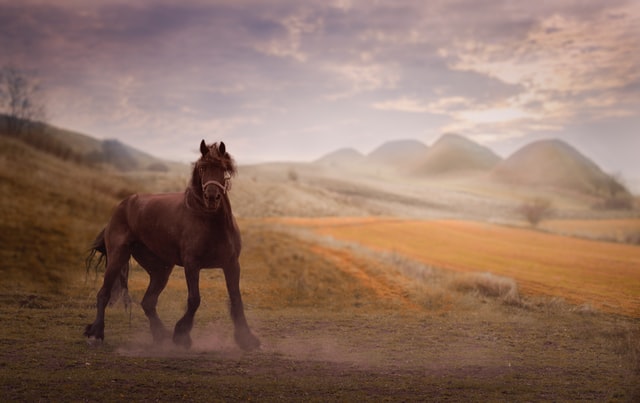
This includes the Belgian Draft, the Budweiser Clydesdales, and the Irish draft.
Lastly, warmblood horses are a combination of both temperaments.
Warmblood breeds were developed when war horses were crossbred with Arabian and Thoroughbred horses.
Popular warmblood breeds include the Dutch warmblood, American warmblood, Holsteiner horses, Australian stock horse, Selle Francais, and the Irish Draught.
The Irish Draught is a particular breed that Ireland boasts of.
This is because it is their national horse breed.
When they are bred together with Arabians or Thoroughbreds, the popular Irish Sport Horses are formed.
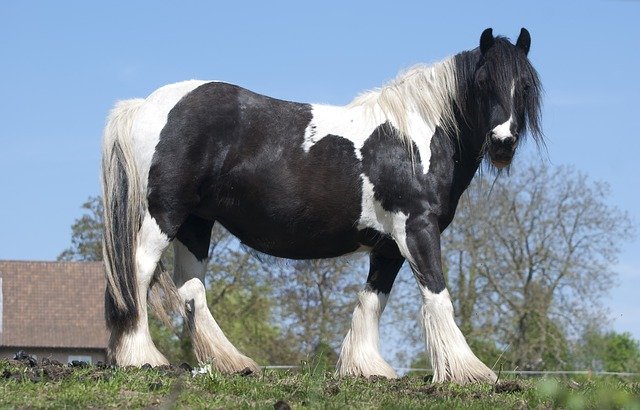
Cold Blooded Ponies
In a nutshell, a pony is a small horse.
A pony has a height that measures up to 15 hands.
A height taller than this can disqualify it to be a pony.
They also have short legs. Ponies are more suited for heavy work like farm work.
Most ponies originated in cold climates.
This is why we can expect ponies to have thick coats.
This type of horse usually has a calm temperament.
This calm demeanor makes them suitable for children as they are just of the perfect size to make children feel comfortable and safe.
Horse owners with ponies can rest well as ponies do not need to run as much as other horses do.
Sure, they can run, but the need for them to run isn’t that high.
The Shetland pony is one of the popular breeds of ponies.
It is interesting to note that this breed is the smallest breed of horse.
This could be the reason why it is a family favorite for kids.
The American Shetland Pony Club recognizes four types of this specific breed including modern, pleasure, classic, and foundation.
It is also considered to be one of the ancient horse breeds.
Another famous pony is the Australian pony.
This breed has a strong resemblance to its ancestor—the Welsh pony.
It has a gentle temper and is great in the show ring.
The Hackney horse is also a great show pony that possesses a lot of stamina.
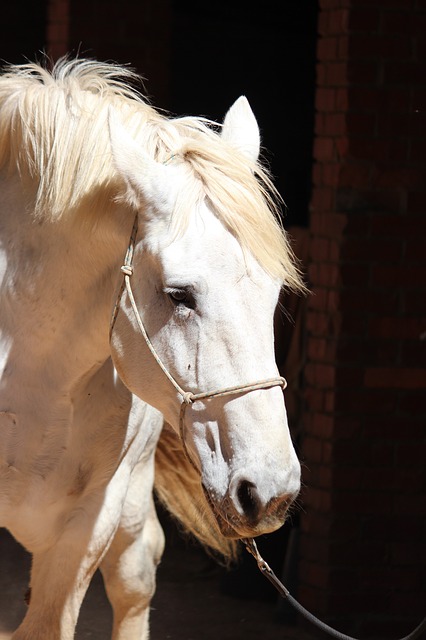
Light Horses
Next to ponies are the light horses. These horses stand at 14.2 hands or taller.
This horse type can have a weight range from 900 to 1500 pounds.
Lighter horses are great for recreational purposes as well as show purposes.
Most of the best horse breeds are light horses. These light horses are hot bloods.
There are three ways to classify light horse breeds—stock type, hunter type, and saddle type.
The American Quarter Horse is a common light horse.
This breed used to be used for both riding and farm help. In recent years, they have been loved for being excellent riding horses.
Another one is the English Thoroughbreds. This breed was first developed to be a race horse.
They usually have long legs and their coats come in solid colors.
The Thoroughbred has a notable athletic ability which makes it an ideal race horse.
This horse’s temperament is rather unexpected.
Though it loves to win, it has a more nervous demeanor compared to other sport horses.
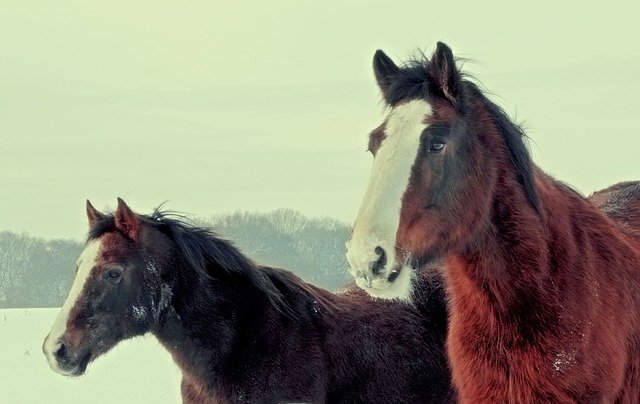
Draft Horses
Among all the variety of different breeds, the draft horses are the largest ones.
They were bred for a specific purpose—to help out in hard tasks on the farm, just like pulling heavy loads.
Most draft horses are named after where they originated from and are cold blooded.
Most draft horses have a quiet and calm temperament. This is why they are called gentle giants.
These horses are huge—with a height reaching up from 15.2 to 20 hands.
Their height and weight might cause them to be slower, but they are in no doubt, stronger than lighter horses.
Despite being a tall horse, the Friesian horse is actually considered to be a warmblood instead of cold bloods.
These beautiful black horses are very useful in driving and under a saddle.
Because of its outstanding beauty, you can always see Friesian horses being used in fantasy movies.
Being familiar with the ways of categorizing horses can help you out.
This way, when you hear of what category they fall in, you can easily picture them out—how big or tall they could get and how they tend to help other people.
It is also a great way to know which breeds would work well with you and which ones can be comfortable with the temperature of where you’re at.
Always remember, when someone mentions hot, warm, or cold blood horses, they aren’t talking about the temperature of their blood.

Lauren is an internationally published author, trainer, and has helped hundreds of horse-rider combinations create lasting bonds and the success they desire. Check out Lauren’s incredible story: From horse-crazy girl to international equine educator. Or if you want to send Lauren a quick message, check out her contact page here.
